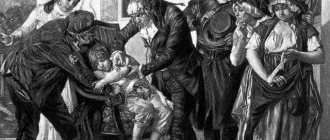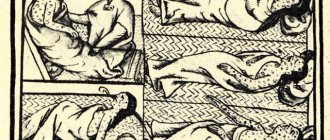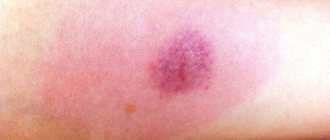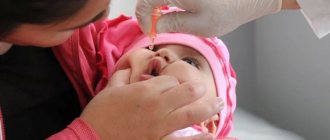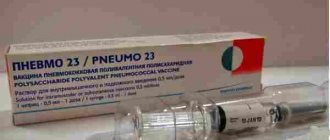Killer virus. Who was the last victim of smallpox?
Today, many have already forgotten about such a disease as smallpox. Thanks to vaccination, she disappeared from our lives. But in the past, smallpox epidemics occurred more than once in different countries and claimed the lives of millions of people. Up to 40% of those infected died from smallpox.
Know the enemy by sight
Smallpox, also known as smallpox, smallpox is a highly contagious, especially dangerous infectious disease. In most cases, it was transmitted by airborne droplets. The risk of infection from a patient was almost 100%. The causative agent of smallpox belongs to viruses of the family Poxviridae, subfamily Chordopoxviridae, genus Orthopoxvirus. It is resistant to environmental influences and can remain viable for several months. The incubation period for smallpox in humans can last approximately 9 to 14 days.
Typical signs of smallpox: fever, general intoxication, rash on the skin and mucous membranes in the form of blisters, after the disappearance of which marks remain - pockmarks.
Variola virus
The history of smallpox goes back thousands of years. It has been known to mankind since antiquity. This disease spared no one. She amazed both commoners and members of royal families. Among the famous victims of smallpox are the English Queen Mary II, the Russian Emperor Peter II, the French King Louis XV, the Spanish King Louis I, and the Holy Roman Emperor Joseph I.
Anyone who had smallpox and survived acquired lasting immunity to this disease. Marks of smallpox remained on the faces of Wolfgang Mozart, Nikolai Gnedich, and Joseph Stalin for the rest of their lives.
Edward Jenner's discovery
A practicing English doctor from Berkeley, Edward Jenner, discovered that milkmaids who had cowpox, which is mild in humans, almost never suffered from smallpox in the future. And the doctor decided to experiment. He collected material from a cowpox abscess on a milkmaid's arm and infected eight-year-old James Phipps with it. This happened in May 1796. The child fell ill, but soon recovered. After this, Jenner tried several times to infect James with the smallpox virus, but to no avail. The boy developed immunity not only to cowpox, but also to natural smallpox.
Despite the fact that the medical community did not immediately support Jenner's idea to be vaccinated with cowpox, the practice of vaccination quickly spread throughout the world. The incidence gradually decreased, and over time it was possible to completely eliminate the infection.
Read the material on the topic: Who invented vaccinations?
The last victim of smallpox
In the summer of 1978, the disease, which was considered completely eradicated in developed countries, was identified in a 40-year-old British woman.
Janet Parker worked as a staff photographer at the University of Birmingham, where research into smallpox viruses was carried out at the Faculty of Medicine under the supervision of Professor Henry Bedson.
On August 11, 1978, a woman complained of feeling unwell and muscle pain. Over the next few days she got worse. Red spots appeared on the body. The doctor who was invited to examine the patient diagnosed chickenpox. But the large blisters that appeared on her skin did not look like chickenpox rashes. In addition, according to Janet's mother, her daughter suffered from this infection in childhood.
Every day Janet Parker's health deteriorated, and on August 20 the woman was hospitalized in the infectious diseases hospital. Since the onset of the disease, she became so weak that she could not move independently.
By that time, smallpox was considered already defeated. To eliminate it, a widespread vaccination campaign was carried out. Children and adults were vaccinated almost everywhere. Cases of smallpox were found only in remote areas of Africa and Asia. Therefore, doctors did not immediately suspect a dangerous disease in Janet Parker. After all, there were no cases of smallpox in the UK for five years. No one expected that the disease could return.
For analysis, they took samples of liquid from the blisters, which quickly covered the patient’s entire body, and the terrible diagnosis was confirmed - Variola major (smallpox).
The news received wide international resonance. Representatives of WHO and the media gathered in the city. Everyone was alarmed: would there be new precedents?
This disease was very feared. Drastic measures were taken. Everyone who had recent contact with Janet (as well as those who communicated with those in contact) was found, vaccinated and placed in strict quarantine.
But where did the virus come from? How did Janet Parker become infected? Those who investigated this incident came to the conclusion that somehow, through the ventilation system, the virus penetrated from Professor Bedson's laboratory into the office where the woman worked and infected her.
Henry Bedson
Henry Bedson was an internationally recognized expert on smallpox. The fight against this disease was his life's work. In the laboratory, scientists studied samples of the smallpox virus. The professor believed that he unwittingly became the culprit of what happened.
Janet Parker's health only worsened. She saw almost nothing. Doctors diagnosed her with impaired kidney function, and after some time she developed pneumonia, and the woman stopped talking.
On September 5, her 77-year-old father died of a heart attack, most likely provoked by worries about his daughter. The next day, Professor Henry Bedson committed suicide. He left a note in which he asked for forgiveness from his colleagues and acquaintances for what happened.
On September 11, 1978, Janet Parker died, becoming the last victim of smallpox to date. Among those in isolation, only her mother fell ill. But she recovered.
In October 1979, due to lack of evidence, the investigation into violations of workplace safety by Birmingham University employees was closed. Professor Henry Bedson was posthumously rehabilitated. The theory that the virus could have entered through ventilation turned out to be unconvincing. Therefore, it is not known for certain what happened.
In 1980, the World Health Organization officially declared that smallpox had been completely eradicated worldwide.
Text: Marina Volovik
The editors recommend:
It sucked! How to treat chickenpox in children? Are unvaccinated children the healthiest? Vaccinations: where is the truth and where is the lie? Viruses and bacteria - what is the fundamental difference?
How Sklifosovsky opened a Pasteur station in Moscow
Before the discovery of vaccines by Louis Pasteur, rabies in Russia was fought with conspiracies, burning wounds with a hot iron, and other methods that had little to do with science. For example, in the 19th century, the Government Bulletin published an article “On the treatment of hydrophobia with a Russian bath.”
Pasteur's discovery in 1885 was a real salvation. People bitten by rabid animals flocked to Paris. Among the first to avoid the death of 2,500 people thanks to the vaccine were 16 of the 19 residents of the Smolensk province bitten by a wolf. Everyone could have survived, but the three were unlucky - they were late to receive help: the meeting of the city council in Bely, which was supposed to allocate them 16 thousand rubles for the trip, took place only on the third day after the disaster, the victims waited for another two days for a doctor to accompany them. In total, 44 people who had been bitten by rabid animals came to Pasteur from Russia - peasants from Smolensk, Oryol, Penza, Vladimir, Tver and Kostroma provinces.
The resolution of Alexander III was preserved in a letter from the Chief Prosecutor of the Holy Synod, Konstantin Pobedonostsev, who asked to allocate funds for these trips to France: “Receive 700 rubles from Taneyev. It is very advisable to send the most dangerous ones to Paris to Pasteur, who is very interested in the bites of a rabid wolf, since he has never had such a patient before.” Subsequently, the emperor donated about 100 thousand francs to the opening of the Pasteur Institute in Paris.
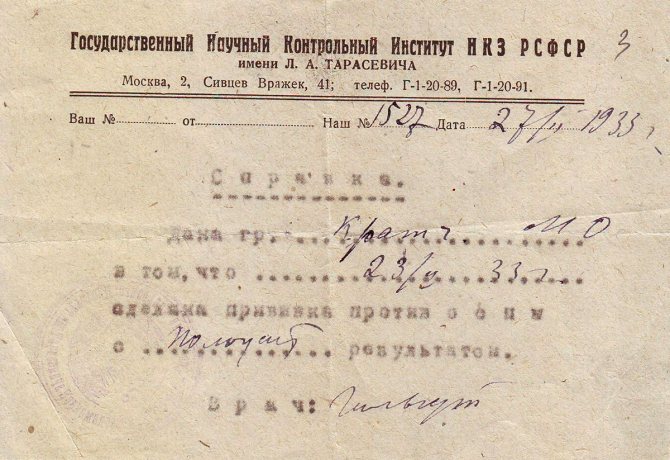
And Pasteur stations soon began to open all over the world, and Russia became one of the leading countries in this regard. The first vaccination station against rabies in the Russian Empire (and the second in the world) appeared in Odessa on June 11, 1886, and a month later the same one was created in Moscow. For its opening, Louis Pasteur sent his autographed portrait. It is still stored at the Moscow Research Institute of Vaccines and Serums named after I.I. Mechnikov, opened at its base. One of the initiators of the creation of the Moscow station was Nikolai Sklifosovsky.
An orphanage, a people's university and a pharmacy: what did Moscow philanthropists of past years do?
By 1912, there were already 28 Pasteur stations in Russia, and by 1938 in the USSR - 80 (not counting several hundred branches). The Moscow station became the leading center for combating rabies in the USSR. Thousands of lives have been saved since then by rabies vaccines.
How candy became medicine
In the 1950s–1960s, anti-polio candies were produced at the Marat confectionery factory.
Mikhail Chumakov was looking for the best way to deliver the vaccine to the intestines - so that the beneficial virus would not be lost in the mouth, where it does not multiply, but would rather reach its destination. As a result, he came up with the idea of making the vaccine in the form of pills. And already in March 1959, the Marat factory (in 1971 it was merged with the Rot Front factory, and in 2002 they became part of the United Confectioners) commissioned the Chumakov Institute to produce anti-poliodrage - capsules made of sugar and starch syrup with wax. coating. The candies weighed one gram and were stored in the refrigerator.
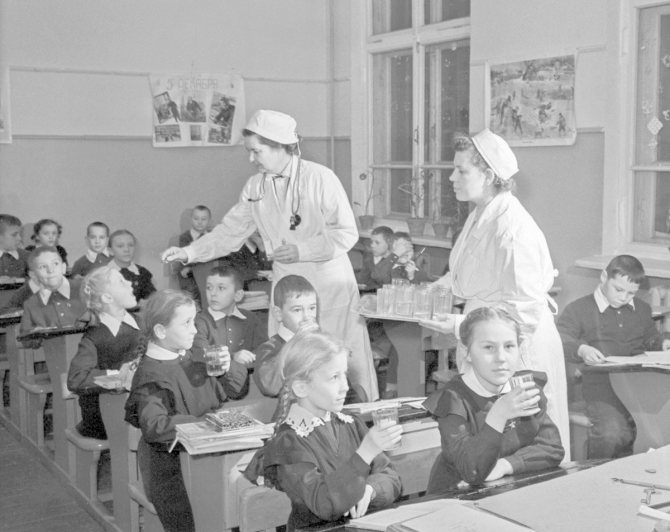
Children loved them, and qualified medical personnel were no longer even required to administer the vaccine.
Such vaccine candies were produced at Marat's factory until the end of the 1960s. By October 20, 1968—Food Industry Workers' Day—the Ogonyok magazine published an article entitled “Candy Against Disease.” It published a photo of the workers and said that the most interesting product of the factory is candy-medicines, and the factory is a monopolist in the production of anti-polio pills.
Story
The first large-scale smallpox epidemic was recorded in China back in the 4th century. Four centuries later, the disease claimed the lives of almost a third of the population of the Japanese islands. Around the same period, smallpox struck Byzantium, where it arrived from Africa during the reign of Emperor Justinian.
In the 8th century, outbreaks of the disease were recorded in Syria, Palestine and Persia, Sicily, Italy, Spain and France.
By the 15th century, smallpox had become commonplace in Europe. One of the famous doctors of that time wrote that everyone should get sick from it. After Columbus's voyages, smallpox spread to the American continent, where it claimed hundreds of thousands of lives. By the beginning of the 18th century, when Europe began to accurately record the causes of death among the population, it turned out that the number of deaths from this disease in Prussia reached about 40,000, and in Germany - 70,000 deaths per year. In general, in the Old World, up to one and a half million adults and children died annually from smallpox. In Asia and other continents, things were even worse.
In what cases are children and adults vaccinated with smallpox vaccine?
Currently, smallpox vaccination is not carried out in Russia. But, nevertheless, there are risks of contracting this disease for some categories of workers (for example, those who work with monkeys as part of their line of work), and they must be vaccinated without fail.
If a black smallpox disease is discovered in any territory, then in this case all residents of the region are vaccinated: both children and adults. This is exactly what happened during the Moscow smallpox outbreak, when the entire population of the capital was vaccinated.
The beginning of the fight against the disease in our country
The first smallpox vaccination in Russia was made in 1768. English doctor Thomas Dimmesdale was invited to organize mass variolation in St. Petersburg. So that the population would not resist, Catherine the Second herself decided to set an example. The Empress went to Tsarskoe Selo, where she secretly received the first variolation-type smallpox vaccination in Russia. The biomaterial was taken from a peasant boy, Sasha Markov, who was later granted nobility and the surname Markov-Ospenny.
After the procedure, Catherine was treated for a week, during which she ate almost nothing and suffered from fever and headache. When the empress recovered, the heir Pavel Petrovich was vaccinated, as well as his wife. The English doctor Thomas Dimmesdale received a baronial title as a reward for his labors, as well as the title of physician and a lifelong pension. A few years later, the grandchildren of Catherine II were vaccinated.
Early methods of fighting
From the moment when smallpox epidemics began to break out here and there, attempts were made to find a cure for it. Moreover, sorcerers were involved in the “treatment”, who fought the infection through spells and wearing red clothes designed to draw out the infection from the body.
The first more or less effective method of combating smallpox in the Old World was variolation. The essence of this method was to extract biological material from the pustules of convalescent patients and inoculate them into healthy people by pulling infected threads under the incised skin.
This method came to Europe in 1718 from Turkey, from where the wife of the British ambassador brought it to Europe. Although variolation did not provide a 100% guarantee, among those vaccinated, the percentage of people who became ill, as well as their mortality rate, decreased significantly. The fear of smallpox was so great that after some time members of the family of the British monarch George the First ordered such vaccinations.
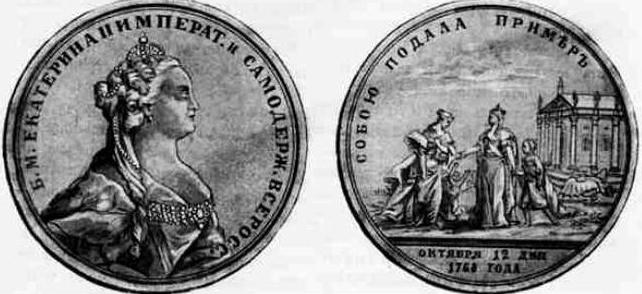
How Soviet scientists defeated polio
In the middle of the 20th century, the world was overtaken by a new disaster - polio. About 10 percent of those sick died, another 40 percent became disabled. US President Franklin Delano Roosevelt, science fiction writer Arthur C. Clarke, and director Francis Ford Coppola suffered from it.
In the Soviet Union, the first epidemics began in 1949 in the prosperous Baltic states, Kazakhstan, and Siberia. The disease claimed about 12 thousand lives annually.
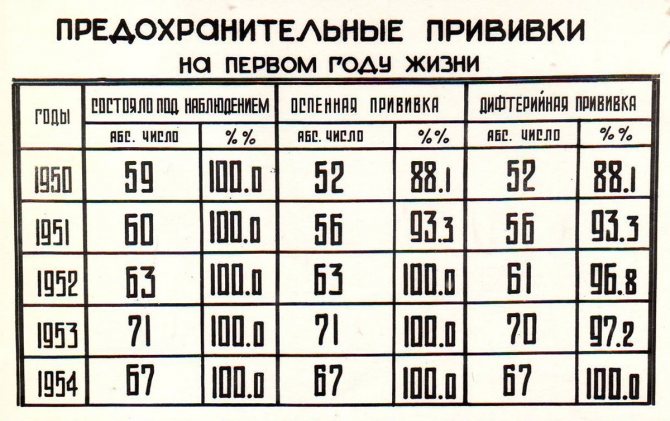
In 1955, the United States began producing the polio vaccine, the Salk vaccine. At the same time, virologist Albert Sabin created another vaccine, cheaper, more effective and safe. But there was no opportunity to test it in America - why, if there is already a good vaccine?
Meanwhile, three Soviet scientists were sent to the United States - Mikhail Chumakov, his wife and colleague Marina Voroshilova and Leningrad virologist Anatoly Smorodintsev. Sabin and Chumakov agreed to continue development in Moscow. Several thousand doses of the vaccine were brought from the United States in an ordinary suitcase. And they got their first vaccinations.
“In 1960, I was nine years old,” said Mikhail Chumakov’s son, Professor, Doctor of Biological Sciences Pyotr Chumakov. — The vaccine trials were carried out primarily on us - Chumakov’s children, Smorodintsev’s granddaughters, relatives, and colleagues. I remember how even earlier I was injected with the Salk vaccine - an intramuscular injection in the forearm. It couldn’t be otherwise - developers always test inventions on themselves and their children. There was no danger in this, the parents were sure. And none of the relatives was against it: everyone understood the danger of polio and believed that the vaccine would protect children from the disease.”
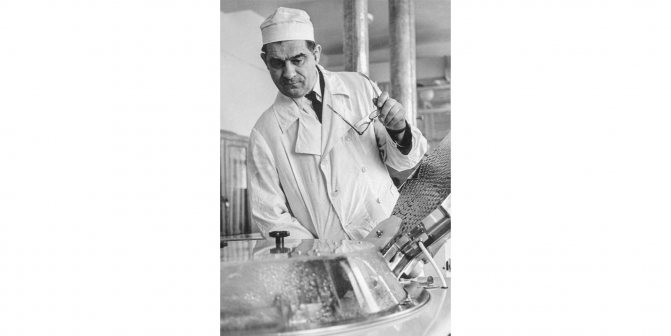
But there were great difficulties with permission from the Ministry of Health - officials doubted: why did the Americans refuse the vaccine, and we should test it? Chumakov managed to break the vicious circle of refusals with the help of a real adventure: using an unattended Kremlin telephone number, he dialed the number of Anastas Mikoyan, who was in charge of healthcare. Mikoyan asked: “Mikhail Petrovich, is this a good vaccine?” - “Good.” - “Vaccinate.” Mikoyan also had grandchildren.
Bypassing the Minister of Health, 300 thousand doses of the vaccine were sent to the Baltic states. Polio receded, and within 1.5 years the epidemic in the country was over. In 1960, 77.5 million people in the USSR were already vaccinated with this vaccine.
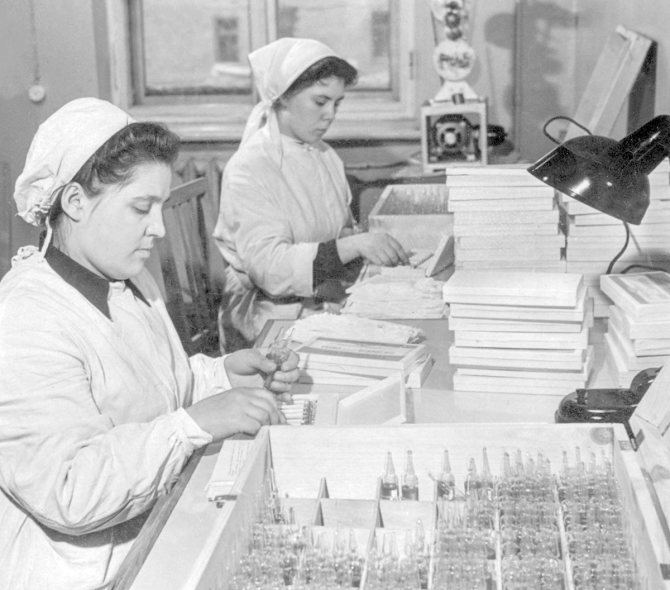
When the Soviet delegation made a report on successful vaccination at a conference in Washington, someone shouted from the audience that no one in the West trusted Soviet information. Then the Soviet delegate said: “I can only assure you of one thing: we love our children no less than you love yours.” Then the audience applauded.
In 1963, Mikhail Chumakov and Anatoly Smorodintsev received the Lenin Prize. The world's leading scientists from the USA, Japan, Europe and China came to the annual symposium at the Institute of Poliomyelitis and Viral Encephalitis of the USSR Academy of Medical Sciences. The vaccine produced by the institute was imported by more than 60 countries.
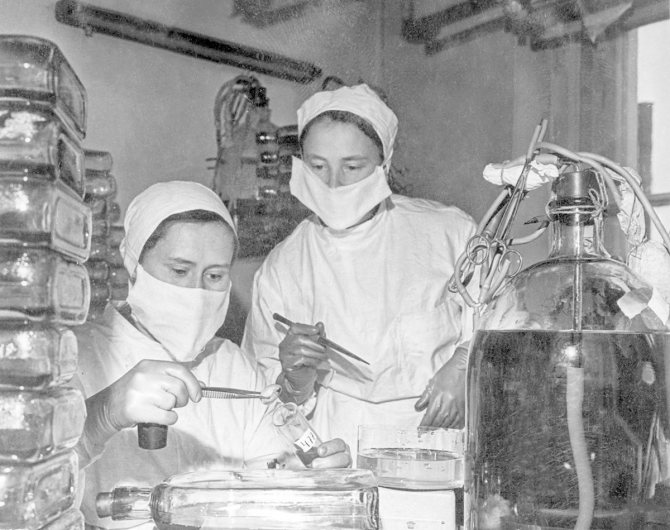
Further history
The first smallpox vaccination in Russia, administered to the empress, made variolation fashionable, and many aristocrats followed the example of their monarch. It is known that over the next 2-3 months about 140 courtiers were inoculated. The matter reached the point of absurdity, since even those who had already suffered from this disease and had acquired immunity from it expressed a desire to be vaccinated.
By the way, the Empress was very proud that it was she who received the first smallpox vaccination in Russia and wrote about the effect that her action had on her friends and relatives abroad.
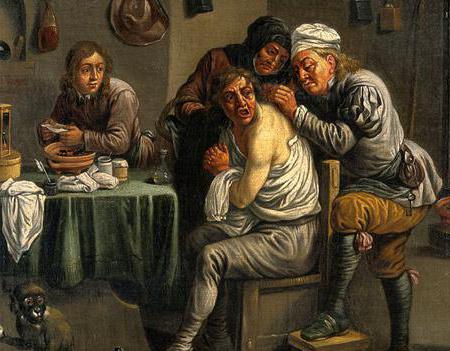
How Japanese mothers demanded the Soviet vaccine
In Japan, in the 50s and 60s of the 20th century, a real tragedy unfolded: thousands of cases of polio were recorded in a small country. A live vaccine produced in the USSR could stop the epidemic. But for the Japanese government, registering and issuing permission to import medicine from the Soviet Union was an unthinkable precedent.
Then the mothers of children with polio took to the streets, demanding permission to import the Soviet vaccine. They achieved their goal: urgent import of the vaccine was organized. 20 million Japanese children were saved from the threat of the disease.
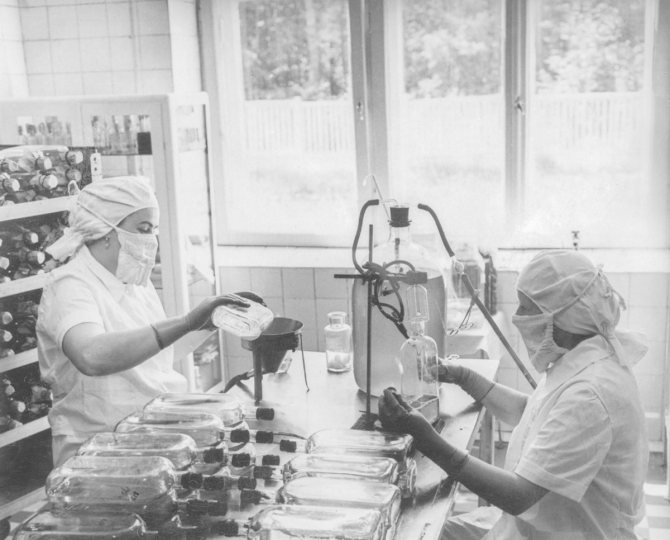
Based on this story, in 1988, director Alexander Mitta shot the Soviet-Japanese two-part film “Step” with Leonid Filatov and Komaki Kurihara in the lead roles. Oleg Tabakov, Elena Yakovleva, Vladimir Ilyin and Garik Sukachev played with them. His song “My Little Babe” is heard in the film.
According to the plot, it is 1959, there is an epidemic in Japan. The country's Salk vaccine is only 60 percent effective and is in short supply. Japanese woman Keiko, who lost her eldest son, wants to protect her younger son from polio at all costs and decides to go to the USSR to bring a new Soviet vaccine to Japan.
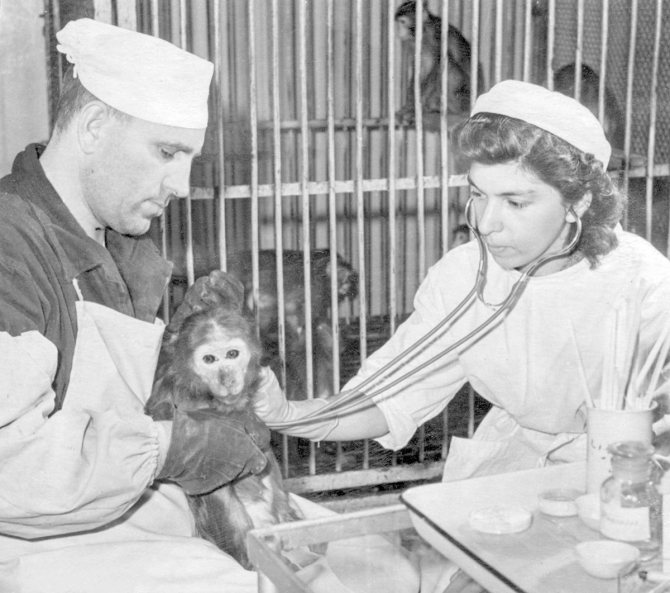
In the Soviet Union, Keino receives the vaccine for himself and buys another thousand doses for his compatriots, but it is confiscated at customs: according to Japanese law, any medicine imported into the country must undergo a lengthy inspection that takes two years. Japanese mothers stage protests and demand the import of the Soviet vaccine immediately, but this is prevented by the bureaucrats of both countries. Through the efforts of Keiko and other mothers on the one hand and the Soviet doctor Gusev on the other, it is possible to send the vaccine to Japan.
